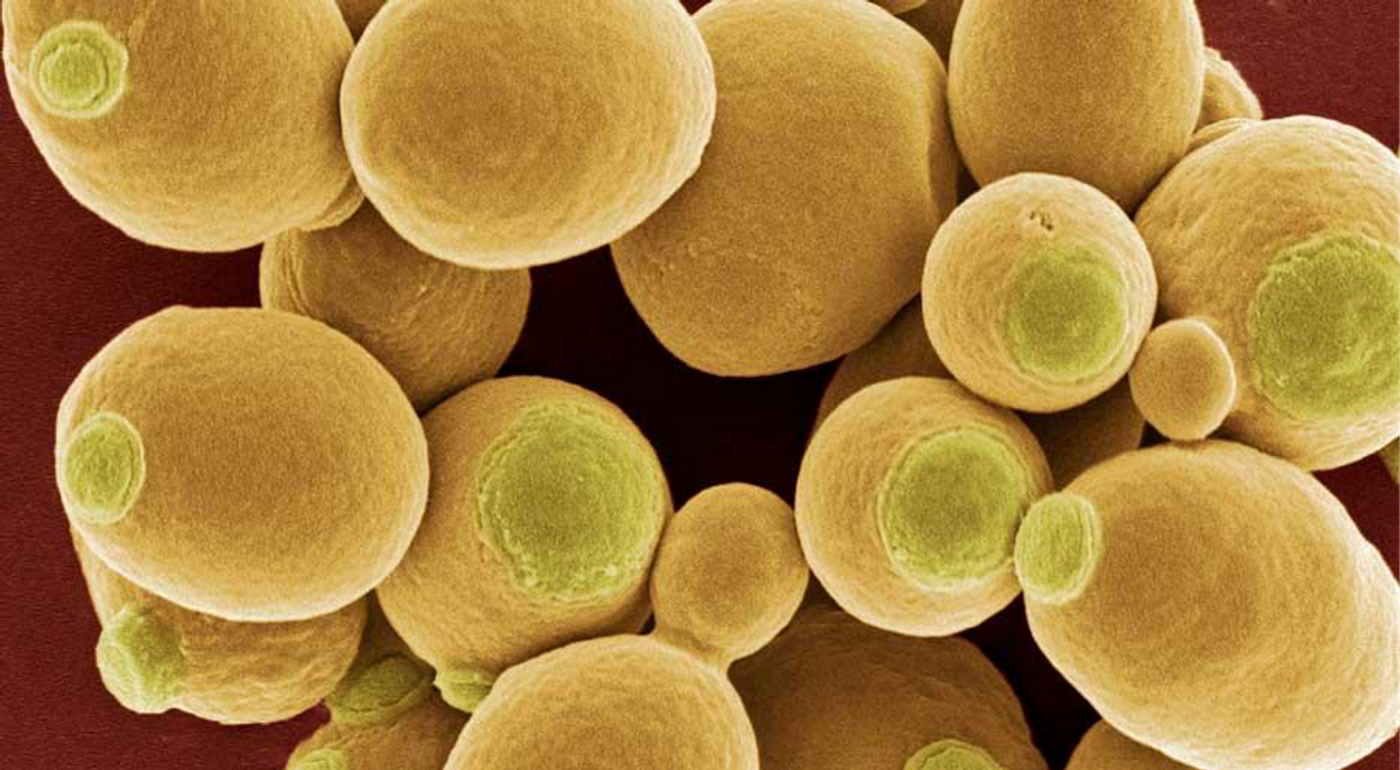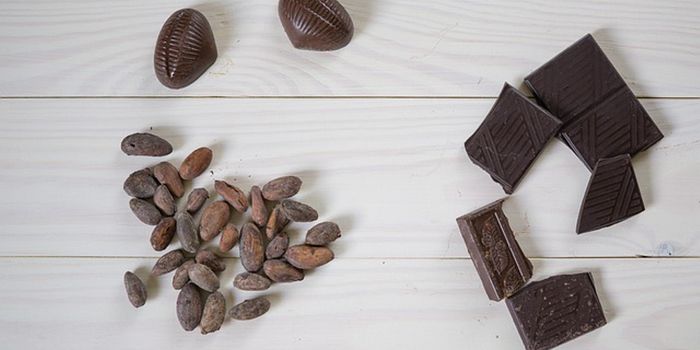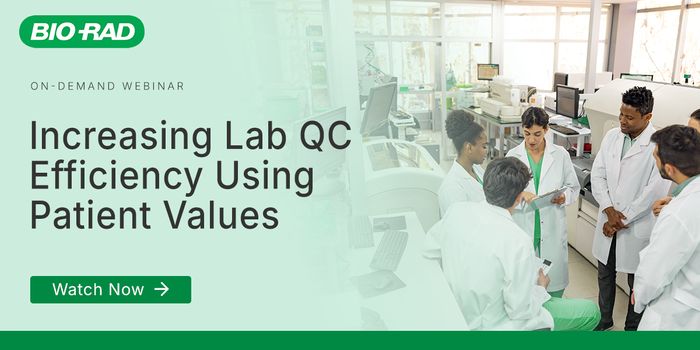The human genome is not a static collection of three billion DNA letters; rather, it is a dynamic system subject to mutations at all times. Between any two people, about 3 million of these bases are different – a factor that contributes to our uniqueness in appearances and in disease predispositions.
The good news is that most of the differences between individuals seem to have no clinical effects. But the bad news is that scientists have to sift through many genetic variations to find the one that cause disease. And though DNA sequencing has progressed this task by leaps and bounds, we still don’t know as much as we would like. To get ahead at screening the genome, scientists at the University of Toronto think we should turn to a very simple, unicellular organism fondly known as “baker’s yeast.”
Baker’s or budding yeast (
Saccharomyces cerevisiae) is our billion-year-old cousin, and it’s been used as a genetic model organism for decades. Though there are many obvious differences between humans and yeast, this eukaryotic system can be used to study many basic cellular processes. A fair number of genes are also evolutionarily conserved between the two species, allowing genetic comparisons to be made. And, of course, as a unicellular organism, yeast offer easy, cheap, and quick experimental subjects to study.
Using the yeast as a screening tool, the research team aimed to make a catalogue of damaging human mutations. Specifically, they hoped to make a “look-up table” of mutations, so that when the same mutation is found in a patient, a physician can easily diagnose the mutation as harmful or benign. "If we want to interpret people's personal genomes, then we need a way of knowing whether variants are damaging the gene they are in," said Frederick Roth, co-director of the Canadian Institute for Advanced Research Genetic Networks Program and senior study author.
To do so, they replaced genes in the yeast with normal or mutated human versions of the gene. If the yeast cells can survive with the normal human gene but not with the mutated human version, then the team would conclude the mutation is harmful. They did this for 179 mutations found in 22 genes associated with health conditions like autism, mental retardation, and heart disease. And the yeast system predictably identified a number of variants that are deleterious.
But the idea of making a variant catalogue is not new. In fact, scientists have been using computer algorithms, such as
SIFT and
PolyPhen, to predict variant effects for several years now. So what is the innovation for using yeast?
For one, testing a mutation’s effect in a live cellular system is arguably more reliable than a computer prediction software. Furthermore, results from prediction software nearly always have to be validated in live cellular experiments, so starting with yeast might actually save time.
So how did the yeast do against the machine? It
outperformed the best available methods by identifying 62 percent of harmful disease variants, whereas the machine picked up 23 percent.
"By every measure we are beating the computational predictions. Some might say it's obvious that an experiment beats a computational prediction, but many clinicians would not accept evidence about human variants based on how they perform in baker's yeast. Our paper highlights the important and direct role that model organisms can play in interpreting individual human genomes," said Roth.
It is worth noting that pathogenicity indicated by the yeast experiment is still only a prediction tool – it is not the definitive evidence that a variant is harmful. But using the yeast to build a variant catalogue could go a long way to enhance our understanding of genetic mutations.
Additional source:
University of Toronto press release









